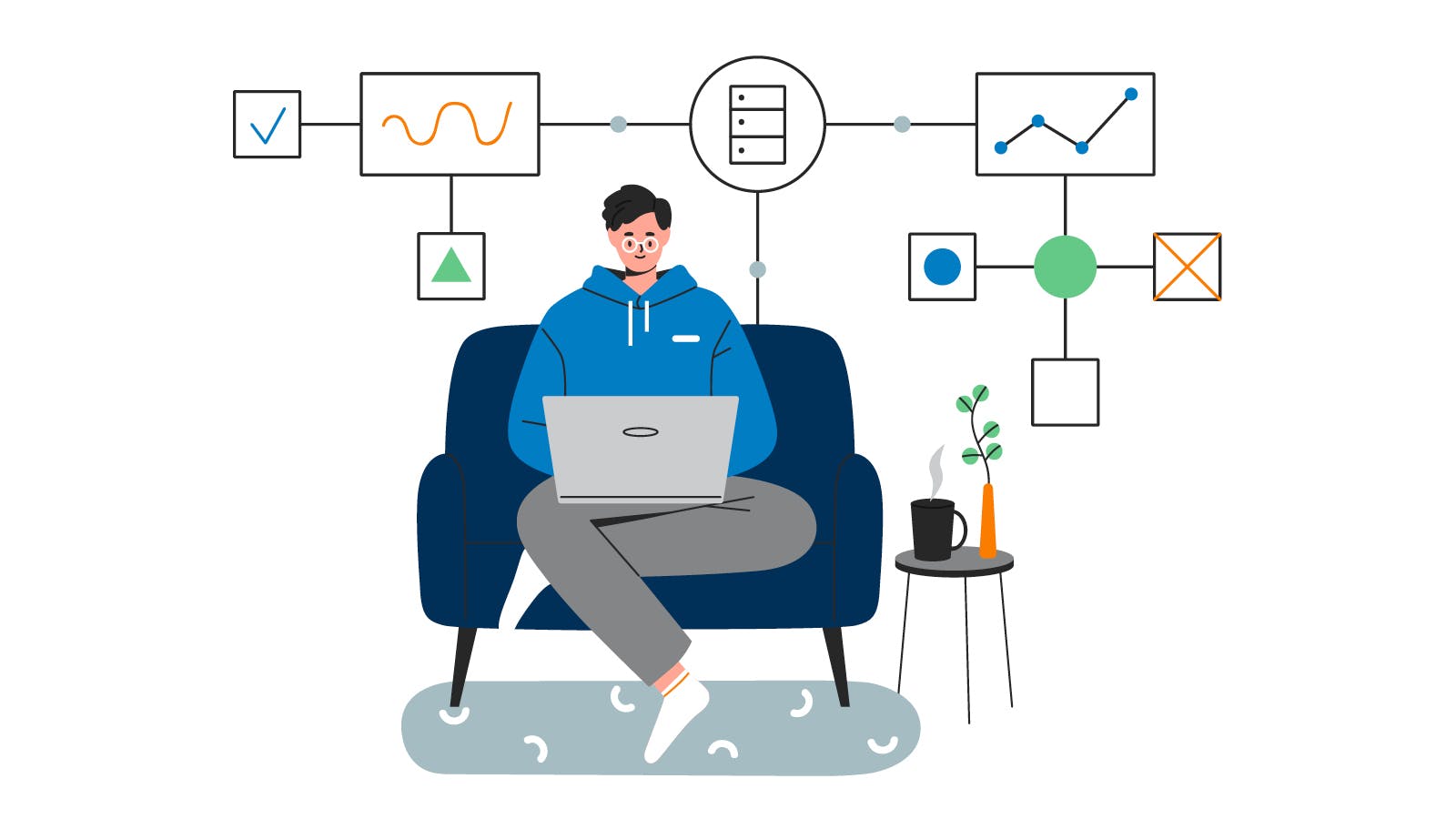If you’re in the process of purchasing your first home, choosing between a big city, rural area or suburb can be difficult. Factors like price, square footage, amenities and even perceived quality of local school districts can all play a major part in determining the right setting for you and your family and enriching your life as a homeowner (and possibly as a future seller, too). If you’re having trouble deciding, explore some of the unique potential benefits suburban areas may have to offer and see what might resonate with you.
When it comes to the potential benefits of suburban living, these five factors tend to be at the top of the list.
Space
It’s no secret that square footage tends to be limited in and around the city center, but there’s not as much of a shortage of space in the suburbs (Washington Post, 2020). Nature enthusiasts, dog owners, growing families and anyone who recently started working or schooling from home have probably daydreamed about owning a home with a spare bedroom, more space, or having their own backyard, and many homes in the suburbs check off that box. While your commute may get a little bit longer, lighter traffic, fewer people per square mile and more house for your money may be possible in the suburbs.
Affordability
Not only are suburban homes often larger than comparable options in the city, they may also come with a smaller price tag. In the midst of an uncertain economy and with many Americans now spending more time at home, affordability remains top of mind (National Association of Realtors, 2020). If you have a limited budget or are looking for a better deal, a nearby suburban neighborhood may have the perfect space for you.
Safety
While safety is priority in most, if not all, cities across the nation, suburban areas still tend to see lower crime rates than their metropolitan counterparts. Understandably, safe and friendly communities top the wish lists of many new buyers. According to Business Insider’s 2020 ranking of the best suburbs in America, more than 20% of resident respondents specifically mentioned a feeling of safety and security when describing their town. Before putting up that down payment, you may want to explore your future neighborhood’s crime rate and availability of emergency services.
Amenities
As more and more residents have relocated to the suburbs over the years, state-of-the-art amenities have often followed. Whether you’re looking for a local farmers market, your new favorite restaurant, a fully equipped recreation center or world-class entertainment, rest assured you may not have to give up all the benefits of city living. With many suburban areas now also focusing on walkability, mixed-use space and even designated ‘downtown’ areas, you may be able to get the best of both worlds in the ‘burbs (The Washington Post, 2020).
Perceived Quality of Schools
For many homebuyers, the perceived quality of the local school system may be one of the biggest considerations. Sadly, according to Bloomberg, “public school pupils enrolled in urban districts receive on average around $2,100 less per pupil than their suburban counterparts” (Bloomberg, 2020), which means that with more resources, the perceived quality of schools in certain suburban districts may be higher and may help property values to increase more rapidly over time. These extra funds support teacher retention, activities and organizations, before- and after-school care and more. Some buyers may feel that they can’t put a price on the potential enrichment and, when it comes time to move, proximity to a school district that is perceived to be of high quality could be a major selling point.
Between the potential increased square footage, smaller price tag and wealth of opportunity, it’s easy to see why so many people choose to relocate to the suburbs. That nearby suburban area may offer many of the amenities of city living, and potentially, the perfect new home.
Published on December 17, 2020


